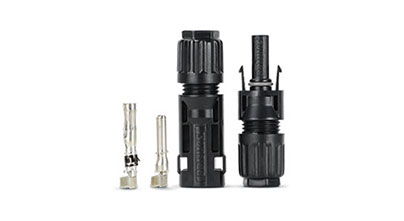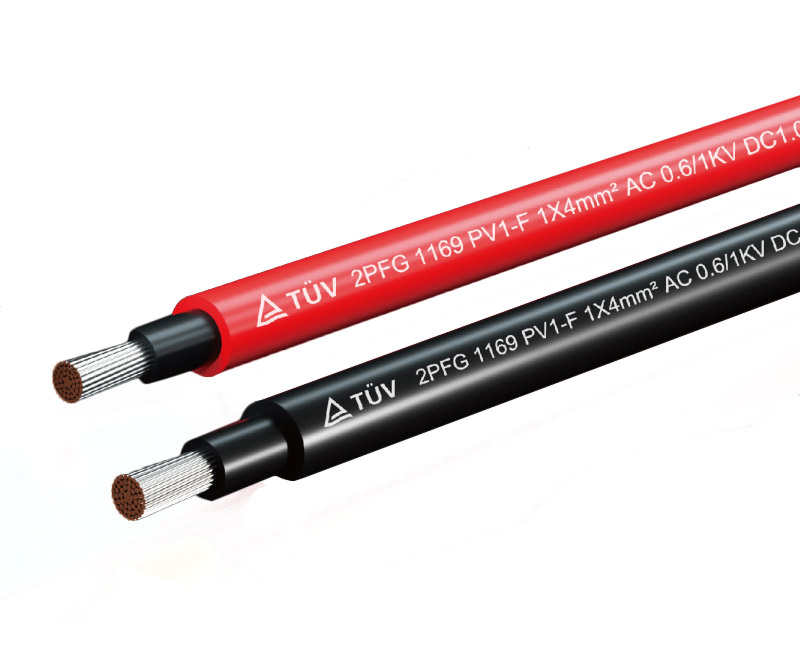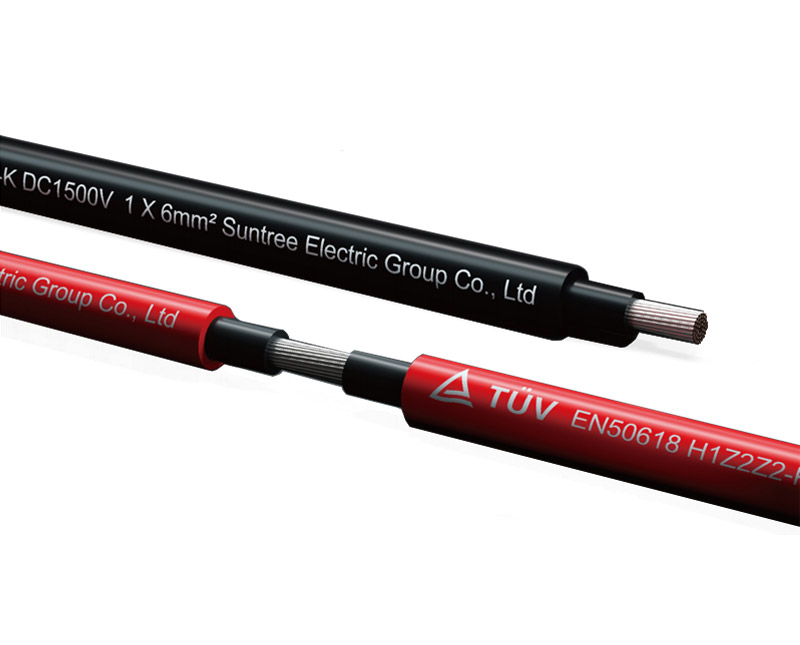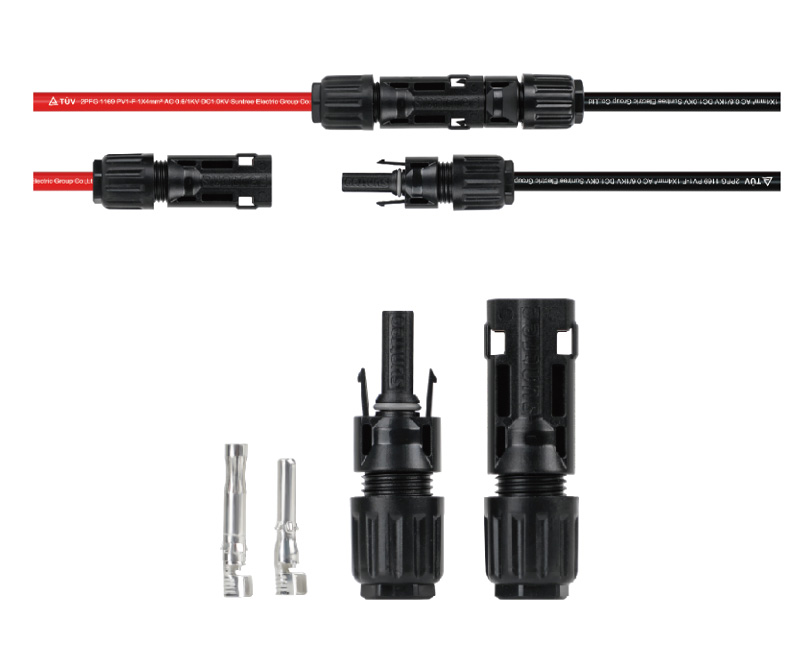Solar Connector is compatible with different photovoltaic modules
In solar photovoltaic power generation systems, the Solar Connector, as a crucial component for connecting photovoltaic modules, has its compatibility with different photovoltaic modules directly influencing the performance and stability of the entire system. With the continuous development of photovoltaic technology, a wide variety of photovoltaic modules have emerged in the market, which has put forward higher requirements for the adaptability of Solar Connectors. This article will conduct an in-depth exploration of the issues related to the compatibility of Solar Connectors with different photovoltaic modules, aiming to provide useful references for the design, installation, and maintenance of photovoltaic systems.
Physical Compatibility
Size and Shape Matching: The junction boxes of different photovoltaic modules vary in size and shape, and Solar Connectors need to have multiple specifications to achieve a perfect match. For example, the junction boxes of some small photovoltaic modules are relatively compact, so miniature Solar Connectors are required to avoid the situation where they cannot be installed due to excessive size or cause space waste. For the large junction boxes of large photovoltaic modules, correspondingly larger connectors are needed to ensure a firm connection and good contact.
Installation Method Compatibility: There are various installation methods for photovoltaic modules, such as roof installation, ground installation, and floating installation on water surfaces. This requires Solar Connectors to be able to adapt to different installation environments and requirements. Some installation scenarios may require connectors to have special fixing structures or waterproof and dustproof measures to ensure stable connections under harsh conditions. For instance, during roof installation, connectors need to be able to withstand a certain weight and wind force, while in floating installation on water, better waterproof performance and anti-corrosion ability are required.
Electrical Compatibility
Voltage and Current Adaptation: Different photovoltaic modules have different output voltages and currents, and Solar Connectors must have corresponding voltage and current carrying capacities. If the rated voltage and current of the connectors are lower than the output values of the photovoltaic modules, it may lead to overheating, burnout of the connectors, or even safety accidents. On the contrary, if the rated values are too high, it will increase costs and the complexity of the system. Therefore, when selecting Solar Connectors, it is necessary to accurately understand the electrical parameters of the photovoltaic modules to ensure that the electrical performance of the connectors matches them.
Contact Resistance and Conductive Performance: Low contact resistance is one of the key performance indicators of Solar Connectors, which directly affects the power generation efficiency of photovoltaic systems. High-quality Solar Connectors should adopt highly conductive materials and advanced manufacturing processes to ensure that they can maintain low contact resistance during long-term use and reduce energy losses. Meanwhile, the conductive performance of the connectors should remain stable under different environmental conditions, such as high temperature, low temperature, and humidity, to adapt to various complex outdoor environments.
Environmental Adaptability
Weather Resistance: Photovoltaic modules are usually installed outdoors and need to be exposed to harsh environments such as sunlight, rain, wind and sand, ice and snow for a long time. Therefore, Solar Connectors must have good weather resistance. This includes resistance to high temperature, low temperature, ultraviolet radiation, humidity, and corrosion. For example, in a high-temperature environment, the materials of the connectors should not be easily deformed or aged to ensure the reliability of the connection. In cold regions, the connectors should be able to maintain good flexibility and electrical conductivity at low temperatures to prevent brittleness and cracking.
Protection Level: To ensure the safe operation of photovoltaic systems, Solar Connectors need to have a certain protection level, such as waterproof, dustproof, and leakage prevention. A higher protection level can effectively prevent water, dust, etc. from entering the interior of the connectors and avoid problems such as short circuits and corrosion. For example, for some photovoltaic systems installed in humid areas or near water sources, connectors with a protection level of IP67 or higher are required to ensure that they can work normally even when soaked in water for a long time.
Compatibility and Universality: There are numerous brands of photovoltaic modules in the market, and Solar Connectors should have good compatibility and be able to achieve seamless connections with different brands of modules. This requires connectors to follow unified industry standards or specifications, such as IEC62852, to ensure that they can be used interchangeably among different brands of modules, improving the scalability of the system and the convenience of maintenance.
Cooperation with Other System Components: Besides being compatible with photovoltaic modules, Solar Connectors also need to work in coordination with other system components such as inverters, combiner boxes, and energy storage devices. This requires connectors to be compatible with other components in terms of electrical performance, signal transmission, and control functions to ensure that the entire photovoltaic system can operate efficiently and stably. For example, connectors need to be able to match the input interfaces of inverters to achieve the smooth conversion and transmission of electrical energy.
Quality and Reliability
Material Quality: The material quality of Solar Connectors directly determines their performance and lifespan. High-quality materials should have good electrical conductivity, mechanical strength, corrosion resistance, and anti-aging properties. For example, the contact parts of connectors usually adopt copper alloy and other materials to ensure good electrical conductivity. The shell materials should be selected from high-strength and weather-resistant plastics or metals to protect the internal structure and provide good insulation performance.
Manufacturing Process and Quality Control: Strict manufacturing processes and quality control are the keys to ensuring the quality and reliability of Solar Connectors. Manufacturers should adopt advanced production equipment and process technologies to ensure that various indicators of connectors, such as dimensional accuracy, contact resistance, and insulation performance, meet the requirements. At the same time, a complete quality inspection system needs to be established to conduct strict inspections and tests on each connector to ensure the consistency and stability of product quality.
When selecting Solar Connectors, it is necessary to comprehensively consider the above factors to ensure their compatibility with different photovoltaic modules, thereby improving the performance, reliability, and economy of photovoltaic systems.









